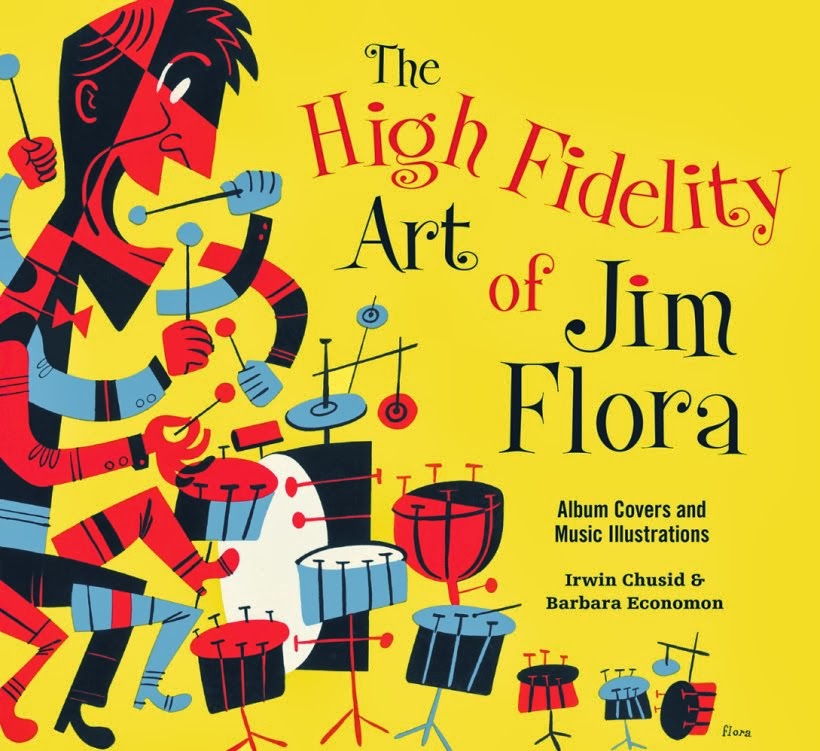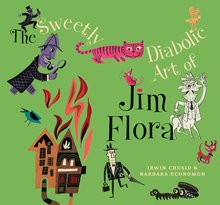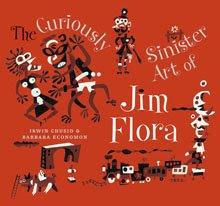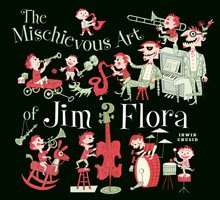untitled tempera, early 1940s
Flora biographer/archivist me (Irwin Chusid) will present an informal talk about the artist's life, accompanied by digital projection of over 100 spectacular works from the Flora collection on Saturday, December 17, at Dorian Grey Gallery, New York. The wine begins pouring into cheap plastic cups at 4:00 pm, with the presentation starting at 5:00 pm sharp. Admission is free, but seating is limited, so arrive early. The event concludes around 7:00 pm.The Dorian Grey Gallery, located at 437 East 9th Street (between 1st and A), is hosting The Curiously Sinister Art of Jim Flora, the first posthumous New York exhibit and sale of Jim Flora original art and prints. The exhibit opened on Nov. 19 and runs thru Jan. 8.

























































